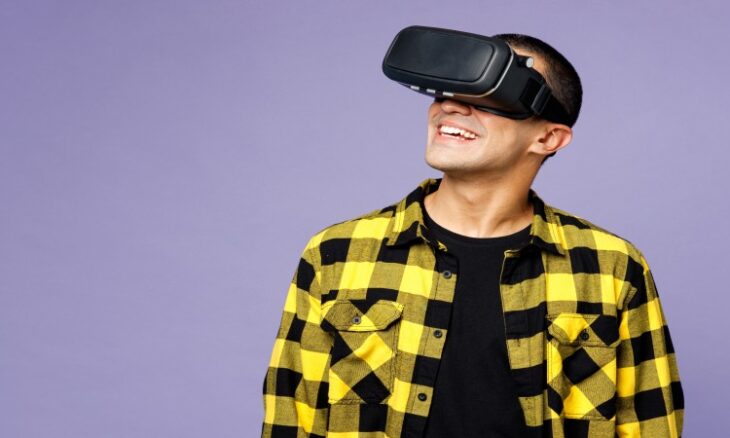Apple Vision Pro 2: Enterprise Potential and Market Risks
Apple’s entry into extended reality with the Vision Pro was initially framed as the future of computing; however, its steep price of $3,499 limited its adoption. Many business leaders and IT buyers perceived it as experimental, lacking a clear return on investment. The device’s enterprise value remained in question, particularly when weighed against its cost and ergonomic concerns.
The successor, the Apple Vision Pro 2, is expected to be released between late 2025 and early 2026. This second attempt carries heightened expectations but also increased scrutiny. However, with the potential to revolutionise spatial computing into a viable business tool, the Apple Vision Pro 2 holds promise for a promising future. Industry observers are closely watching whether Apple will resolve the shortcomings of the first model or repeat familiar missteps.
One of the significant upgrades rumoured for the Vision Pro 2 is the integration of Apple’s forthcoming M5 chip, offering improvements in speed, efficiency, and battery performance. These advancements address critical issues in enterprise use, such as reducing latency in training simulations and design workflows. Extended sessions in professional environments demand reliability, and Apple is aiming to deliver that consistency with its next-generation processor.
The device is also expected to feature enhanced AI capabilities through an upgraded neural engine. This could enable smoother environment mapping and more convincing spatial avatars. The result would be more natural collaboration in hybrid office settings, allowing remote teams to interact in immersive environments with fewer interruptions or glitches.
On the software front, the forthcoming visionOS 26, previewed earlier in 2025, introduces AI-generated spatial scenes, advanced widget integration, and support for PlayStation VR2 controllers. These developments suggest Apple is broadening the platform’s use cases, with greater emphasis on enterprise utility. Apple Intelligence, embedded in the operating system, may transform the headset from a novelty to a practical workplace tool.
Hardware comfort is another focus area. Complaints regarding the weight and strain of the original Vision Pro were widespread. A redesigned head strap for the Vision Pro 2 aims to address this issue, making extended sessions more feasible for sectors such as engineering, medical imaging, and healthcare, where long-duration use is a common occurrence.
Production of the Vision Pro 2 is expected to begin in the third quarter of 2025, supporting a likely release by the end of the year. However, the pricing strategy will be decisive. Enterprises evaluating the device will focus less on launch dates and more on measurable productivity gains. Without clear evidence of return on investment, adoption may remain limited.
Comparisons with the first Vision Pro highlight subtle but notable changes. The performance boost delivered by the M5 chip, a redesigned strap for wearability, and the inclusion of visionOS 26 mark significant improvements, rather than a radical overhaul. This approach signals a commitment to continuous improvement, aiming to enhance enterprise usability while retaining the original design philosophy.
Alongside the Vision Pro 2, Apple is reportedly preparing to launch the Vision Air, a lighter and more affordable headset aimed at mainstream adoption. This dual strategy mirrors Apple’s approach with the iPhone and iPhone SE, offering premium and budget-friendly tiers. For enterprises, the Vision Air may provide a more scalable option, enabling wider deployment across workforces. At the same time, the Vision Pro 2 remains tailored for high-performance use cases, such as executive collaboration or specialist design.
The mixed reception of the original Vision Pro remains an obstacle. Many companies considered it closer to a research project than an essential tool. While Apple has focused on refining performance, AI integration, and comfort, unresolved concerns about cost may again limit uptake. The Vision Pro 2’s success is not just a matter of technical improvements, but a significant step in Apple’s ability to demonstrate tangible business benefits.
Apple retains a strong position in hardware design and software integration, but the challenge lies in proving real enterprise value. The Vision Air may become the more popular choice if it meets cost expectations, while the Vision Pro 2 risks being perceived as a niche solution. For Apple, the task is straightforward: deliver a device that not only impresses in demonstrations but also provides scalable, cost-effective productivity gains.
The trajectory of spatial computing in the workplace will be shaped by how well Apple and its competitors meet these demands. Enterprises will need to weigh whether the Vision Pro 2 justifies investment or whether alternatives offer greater value. The balance between Innovation and affordability will ultimately determine adoption across industries.










